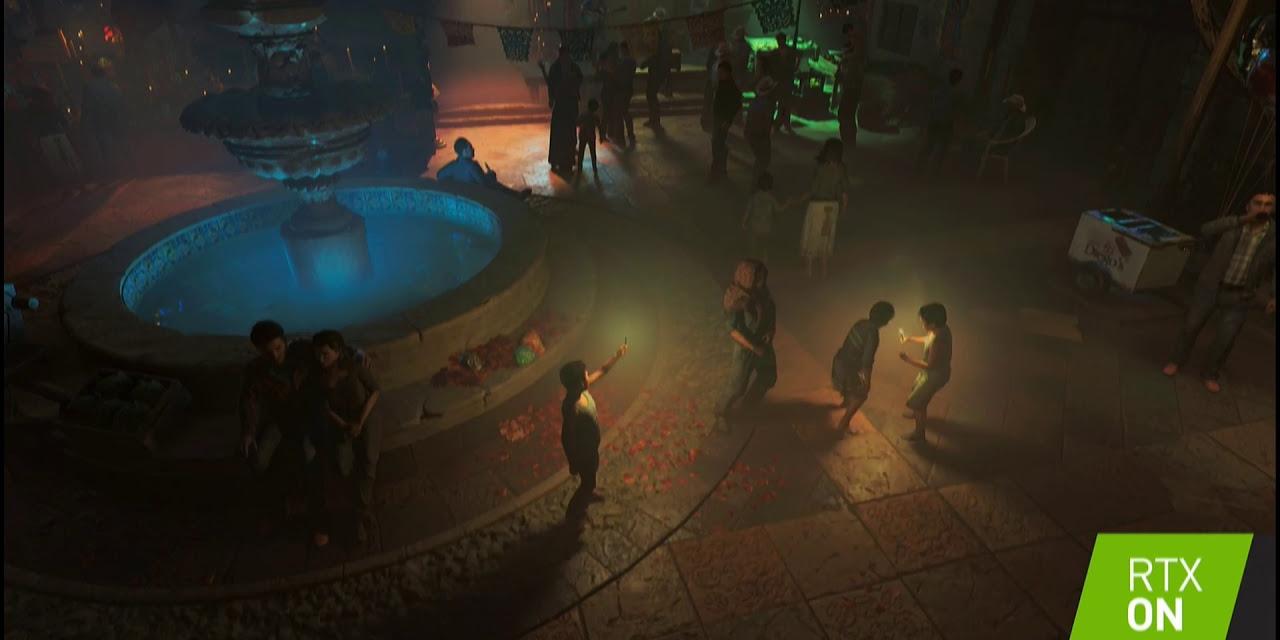
Since the mid-90s, the holy grail of in-game lighting has been ray tracing. It's the closest approximation we can make to the way light behaves in the real world without simply rendering every single light ray. Believe it or not, ray tracing is actually efficient, despite is needing such powerful hardware that we wouldn't expect it to be possible for at least another decade.
And yet here we are in 2018 and Nvidia's new 2000 series graphics cards are actually capable of doing it. True it's not real ray tracing like was postulated back in the 90s, but it uses some clever tricks and some unique ASIC cores on the new cards to make it viable and the result is something that looks spectacular.
So let's dive into what this technology is all about and how Nvidia made it possible.
What is ray tracing?
Ray tracing is a reverse-lighting technology that uses a clever trick to make the process less resource intensive. Instead of modelling light from the source into a scene and then reflecting that all around it until it reaches the 2D pane that the gamer looks into the world with, it does it the other way around. Ray tracing works by tracing a line from the 2D pane, to objects in the world and reflecting around until it finds a light source. If it doesn't do so within a couple of bounces, it's in shadow. If it does, it's lit up. When enough of those rays are calculated, you have some realistic, real time lighting that doesn't require rendering every light ray in the entire scene.
That's still a hell of a lot of light though. Which is why we've only seen certain tech demos of it until now, with specially crafted scenarios on especially designed hardware. Nvidia's new solution is both much more general purpose and much more specific.
The RT cores
Along with the additional CUDA cores and the use of GDDR6 memory in the 2000-series GPUs leading to increased general performance, the real reason that ray tracing is possible with Nvidia's new graphics cards are the RT cores. These are specific designed chips that do one thing and one thing well: handle ray tracing calculations.
They accelerate the process of rendering real time ray traced lighting by a massive factor. Nvidia claims that a 2070 is faster than two Titan XP graphics cards at the same process and that a 2080 Ti is 10 times faster than its predecessor.
Even they use clever tricks and approximations to make the ray tracing possible though. Together they enable all of those pretty reflections in games like Battlefield V and Shadow of the Tomb Raider. While we have seen some early suggestions that even with the RT cores running at full tilt, frame rates aren't great, but that may well be improved by new drivers that are available after the games and the cards are properly released.
No doubt Nvidia will continue to boost the capabilities of the RT cores and the 2000 series in general over the next year or two as well.
Tensor cores
Although much less important for ray tracing than the RT Cores, Nvidia 2000-series GPUs also sport something called Tensor cores. These are designed in a similar manner to the RT cores, but handle AI calculations instead. They enable a new, AI-driven supersampling anti-aliasing which is far smarter and more detailed than temporal anti-aliasing. Thanks to the new hardware, it's also much more efficient.
Such a technology should help to smooth out textures, polygons and shadows like you've never seen before.
Cost
All of this does come at a cost though. The Nvidia 2070 will be between $500 and $600 at launch, while the 2080 Ti can run you as much as $1,200 if you buy the Founders Edition. That's a hell of a lot of money compared to the 900 or 1000 series graphics cards when they debuted. That could be because Nvidia doesn't feel much competition from AMD, or that the new hardware is just expensive to manufacture.
Either way, we'd caution against pre-ordering one just yet. Wait until we see what the real world performance of these cards is like before you run out and buy one.








